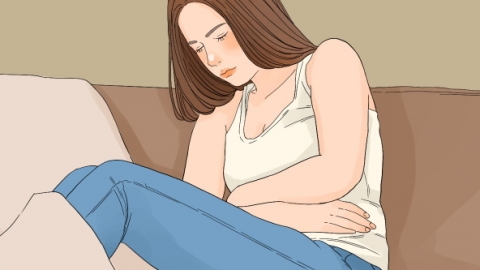How to correct inverted nipples
Generally, nipple inversion may be related to factors such as developmental differences, genetic predisposition, nipple retraction, mastitis, and fibrocystic breast changes. Patients can alleviate symptoms through natural correction, massage, or medication. It is recommended that patients seek timely medical attention and follow medical advice for treatment. Detailed explanations are as follows:

1. Developmental differences: During breast development in puberty, the skin and tissue in the nipple and areola area may form a depression due to differences in growth rates. This is considered normal and in most cases, nipple inversion may resolve naturally as breast development matures.
2. Genetic factors: Nipple inversion may be hereditary. If there is a family history of inverted nipples, the likelihood of offspring having similar conditions increases. Non-surgical methods such as nipple extractors and massage may be helpful.
3. Nipple retraction: Inversion may occur due to weak or insufficient supporting tissue around the nipple, preventing it from protruding normally. Nipple retraction can often be corrected using non-surgical methods such as nipple extractors or manual massage.
4. Mastitis: Breast infection or inflammation may cause nipple inversion due to swelling and inflammatory responses altering the structure around the nipple. Symptoms may include redness, pain, and fever in the breast. Patients should use medications such as minocycline hydrochloride capsules, cefixime dispersible tablets, and cefuroxime axetil tablets as directed by a physician to aid recovery.
5. Fibrocystic breast changes: When breast hyperplasia occurs, thickening and overgrowth of the breast ducts and glandular tissue may lead to nipple inversion, which may be accompanied by cyclical breast tenderness or a sensation of lumps. Patients are advised to take medications such as Hongjin Xiaojie capsules, Ruxi Ling capsules, and Runing tablets under medical supervision to alleviate symptoms.
In daily life, attention should be given to lifestyle adjustments, such as reducing caffeine intake and wearing properly fitting bras, which may help improve nipple inversion.






